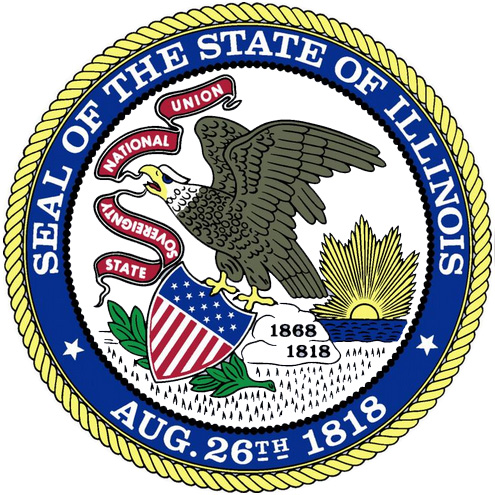Last week, the U.S. House of Representatives passed a bipartisan bill called the Nuclear Energy Innovation Capabilities Act (S. 97). This bill originated in the U.S. Senate. It will permit private companies in the nuclear industry to collaboration with U.S. National Laboratories to investigate advanced nuclear technologies. In the bill, the Department of Energy was directed to lay the ground work for creating a “versatile, reactor-based fast neutron source.”
Meanwhile, the Senate has introduced another bill called the Nuclear Energy Leadership Act (S. 3422). This bill would actually authorize the actual construction of the fast neutron source mentioned in the bill just passed by the House. There is also provision in the new Senate bill for the DoE to “make available high-assay, low-enriched uranium" for research. This bill has not yet been voted upon in Senate.
There was another bill before Congress back in February which is close in content to these two bills. It passed the House but did not pass in the Senate. The Union of Concerned Scientists opposed the bill at the time. They said that fast neutron reactors are expensive and a security risk when compared to the popular light-water reactor design currently in use.
Recently, the nuclear power industry in the U.S. has had difficulty competing with cheap natural gas and expanding use of renewable energy. MIT recently publish a report on a study which concluded that the main reason that the nuclear industry is stagnating in the U.S. is because it is too expensive to construct them. Other analysts have said that the problem was that nuclear reactor design had not been sufficiently developed. Nuclear power in the U.S. is struggling because of the expense of construction, the cost and time necessary to comply with regulations. In addition, there is widespread public concern about safety at nuclear power plants and the unsolved problem of spent nuclear fuel disposal. All together, these problems have prevented significant expansion of nuclear power for decades in the U.S. The new bills mentioned above offer no solution to the problem of the high cost of nuclear reactor construction.
Policy makers are drawn to nuclear power generation because it is said to be a zero-emission energy source. If true, this would help mitigate climate change. However, there is a great deal of carbon dioxide emitted in the construction of a nuclear power plant. Some estimates say that it might take as long as fifteen years before the carbon dioxide debt of construction is paid off. When compared to hydro, solar and wind for power generation, nuclear power still emits more carbon dioxide over its life time that any of them.
The Trump administration has been working on helping nuclear power plants in the U.S. survive but, unfortunately, these efforts have been tied to efforts to save coal-fired power plants. Coal plants do nothing to contribute to climate change mitigation or air quality.
In 2017, the state of Illinois decided to offer a Zero Emission Credit that would include nuclear energy. Fossil fuel generation firms and the Electric Power Supply Association sued the Illinois Power Agency in opposition to the credit. The Federal Energy Regulatory Commission (FERC) and the Department of Justice filed a joint brief about the case with the court. The brief stated that neither FERC or the DoJ had any problem with the credit offer. The U.S. Circuit Court of Appeals has just ruled in favor of support for older nuclear power reactors. Their decision said that the Illinois credit for nuclear power generation did not interfere with federal control in the interstate power markets.
The MIT report mentioned above states, "in the United States, nuclear plants with a combined capacity of 20 gigawatts have operating deficits of less than $12 per megawatt-hour, which suggests that a credit of this amount should be enough to keep these plants open," adding, "Twelve dollars per MWh is a low premium to pay for low-carbon electricity. For example, it is much less than the cost of current subsidies used to incentivize additional wind generation."
